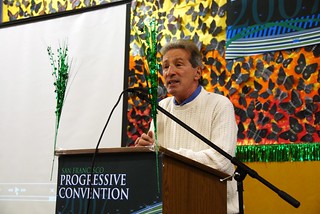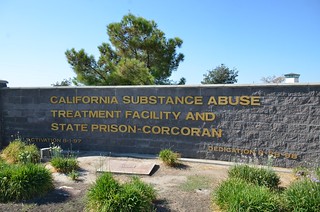 Resolution gets a few Republican votes
Resolution gets a few Republican votes
by Brian Leubitz
Republicans don’t go out of their way to support LGBT Californians. That being said, it is hard for them to vote against veterans, no matter the cause. So, it was quite the conflict when Richard Pan’s AJR 19 rolled through the Legislature. The resolution calls on the federal government to provide equal benefits for LGBT veterans. But the measure got several Republican votes in both houses.
“Today California is united in recognizing the service of every veteran and correcting the injustices our LGBT veterans have endured for so long,” Dr. Pan said. “I applaud recent efforts by the Obama Administration to provide equal benefits for all veterans, but there is still much work to do. I am hopeful that our leaders in Washington will heed this bipartisan call for equality and do right by the veterans who have put their lives on the line defending our country.”
“AJR 19 raises all of California’s voice in demanding that lesbian, gay, bisexual and transgender veterans be treated equally,” said John O’Connor, EQCA executive director. “These veterans risk their safety to defend all of our equality, and California has a duty to demand equal treatment for them. We hope the rest of the country will follow.”
The biggest issue here is the punishment handed out under DADT, and its even harsher predecessor, while it was in effect. From 1980 until the repeal of Don’t Ask Don’t Tell in 2011, over 32,000 service personnel were separated from the Armed Forces of the United States under DADT and its predecessor policies. Because these discharges were sometimes characterized as “dishonorable” or “other than honorable,” many of these service personnel and their spouses became ineligible for veterans benefits.
In 2012, the legislature passed Dr. Pan’s AB 1505, establishing that that if the federal government acts to reinstate benefits to discharged veterans who were denied those benefits solely on the basis of sexual orientation serving in the Armed Forces of the United States, California shall also reinstate to those veterans any state-offered benefits. The federal government has yet to broadly reinstate such benefits.




